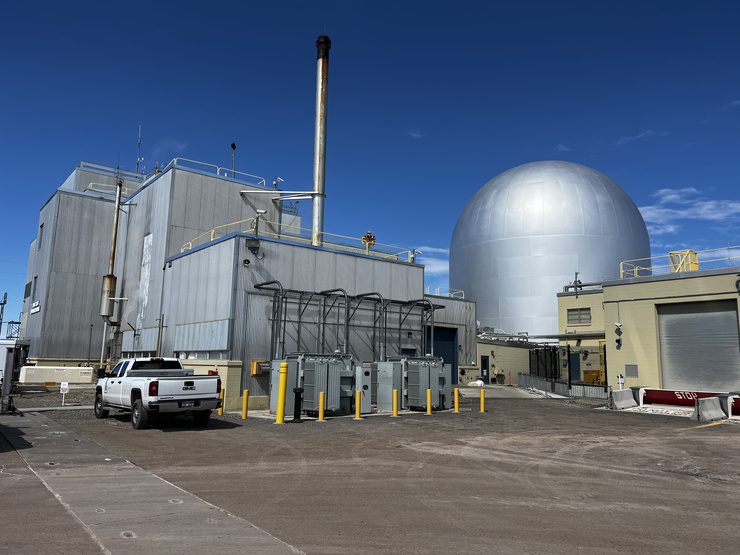Steering Towards a Nuclear Future: The U.S. Energy Landscape in Flux
Key Ideas
- U.S. electricity demand is set to rise by 18% by 2033 due to data centers and industrial growth, creating an urgent need for new power plants.
- Restarting retired nuclear plants like Palisades and Three Mile Island is a cost-effective step towards meeting the increased demand for nuclear power.
- The U.S. faces a race to maintain energy leadership against countries like China through investing in nuclear technology and advancing fusion energy.
- Innovations like small modular reactors and fusion technology offer promising avenues for efficient, safer, and sustainable nuclear energy production.
The United States is at a crucial moment with an unexpected increase in electricity demand after decades of stagnation, driven by factors like new data centers and industrial growth. This surge in demand presents an opportunity for the U.S. to revive its nuclear technology sector and secure its position as a global energy leader. Plans are underway to expand nuclear power generation by restarting retired plants like Palisades and Three Mile Island, offering a quicker and more cost-effective solution than building new facilities. However, challenges like financing and regulatory hurdles remain as the timeline for new projects stretches into the early 2030s.
As the U.S. races to keep up with countries like China in nuclear power development, innovative technologies like small modular reactors and fusion energy are heralded as the way forward. Advanced reactors and fusion projects promise safer, more efficient, and scalable solutions for meeting the growing energy needs. Private fusion companies are making strides in commercializing fusion energy, while companies working on SMRs aim to revolutionize the nuclear power landscape.
The U.S. can potentially repurpose existing infrastructure, such as coal plants, to support the development of new nuclear facilities, reducing costs and streamlining construction. By leveraging its history of nuclear technology innovation and emerging advancements, the U.S. aims to lead the way in alternative energy production for decades to come, providing a sustainable and efficient energy source for the future.
